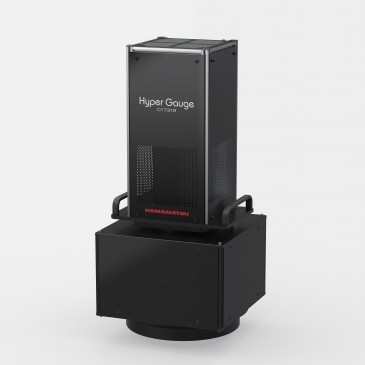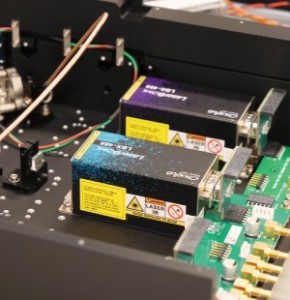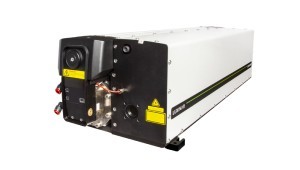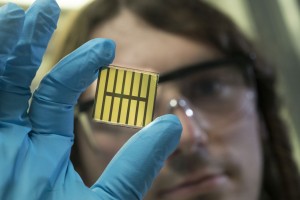
Perovskite semiconductors are considered promising materials for solar cells of the next generation. Suitability of a semiconductor for photovoltaics is reflected among others by the so-called photoluminescence quantum efficiency. Researchers of Karlsruhe Institute of Technology (KIT) have now developed a model, by means of which photoluminescence quantum efficiency of perovskite films can be determined exactly for the first time. This is reported in Matter (DOI: 10.1016/j.matt.2021.01.019).
Photovoltaics decisively contributes to sustainable energy supply. The efficiency of solar cells in directly converting light energy into electrical energy depends on the material used. Metal-halide perovskites are considered very promising materials for solar cells of the next generation. With these semiconductors named after their special crystal structure, a considerable increase in efficiency was achieved in the past years. Meanwhile, perovskite solar cells have reached an efficiency of up to 25.5 percent, which is quite close to that of silicon solar cells that are presently dominating the market. Moreover, the materials needed for perovskite solar cells are rather abundant. The solar cells can be produced easily and at low cost and they can be used for various applications. The theoretically achievable efficiency of perovskite solar cells is about 30.5 percent.
To approach this value, optoelectronic quality of perovskite semiconductors must be further increased. In principle, materials suited for photovoltaics are expected to not only absorb light, but to also emit it efficiently. This process is known as photoluminescence. The corresponding parameter, photoluminescence quantum efficiency, is perfectly suited to determine the quality of perovskite semiconductors. Together with scientists from the Center for Advanced Materials (CAM) of Heidelberg University and the Technical University of Dresden, researchers of KIT’s Institute of Microstructure Technology (IMT) and Light Technology Institute (LTI) have now developed a model, by means of which photoluminescence quantum efficiency of perovskite films can be determined reliably and exactly for the first time. Their results are reported in Matter.
Materials have more optimization potential than assumed
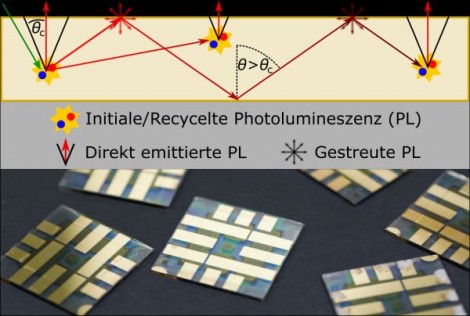
When calculating photoluminescence quantum efficiency, the share of so-called photon recycling, the re-emission of re-absorbed photons, plays an important role. (Photo: IMT/KIT) ((Initiale/Recycelte Photolumineszenz (PL) = Initial / recycled photoluminescence (PL); Direkt emittierte PL = Directly emitted PL; Gestreute PL = Scattered PL))
“With the help of our model, photoluminescence quantum efficiency under solar irradiation can be determined far more precisely,” says Dr. Paul Fassl from IMT. “Photon recycling is of high importance. This is the share of photons emitted by the perovskite, which is re-absorbed and re-emitted in the thin films.” The researchers applied their model to methylammonium lead triiodide (CH3NH3PbI3), one of the perovskites of highest photoluminescence quantum efficiency. So far, it has been estimated to amount to about 90 percent. Model calculations, however, revealed that it is about 78 percent. The scientists explain that previous estimations did not adequately consider the effect of light scattering and, hence, underestimated the probability of photons – the quantums of light energy – leaving the film before they are re-absorbed. “Our results show that the potential for optimization of these materials is far higher than assumed,” says Dr. Ulrich W. Paetzold, Head of the Advanced Optics and Materials for Next Generation Photovoltaics Group of IMT. The team offers an open-source application based on the model, by means of which photoluminescence quantum efficiencies of various perovskite materials can be calculated.
Original publication
Paul Fassl, Vincent Lami, Felix J. Berger, Lukas M. Falk, Jana Zaumseil, Bryce S. Richards, Ian A. Howard, Yana Vaynzof, Ulrich W. Paetzold: Revealing the internal luminescence quantum efficiency of perovskite films via accurate quantification of photon recycling. Matter. Cell Press, 2021. DOI: 10.1016/j.matt.2021.01.019.
https://authors.elsevier.com/a/1cbg49CyxcxO47






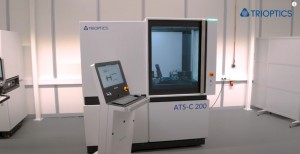
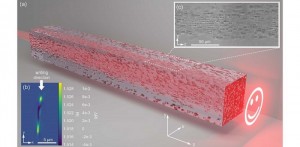
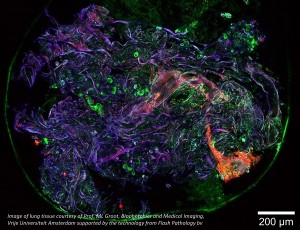

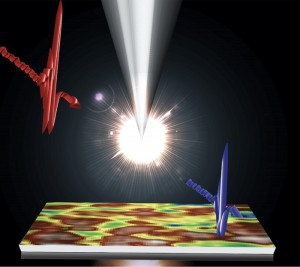

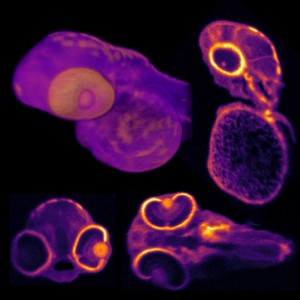


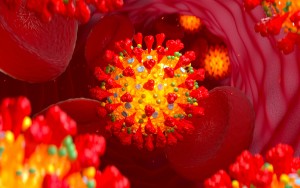















 Back to News
Back to News